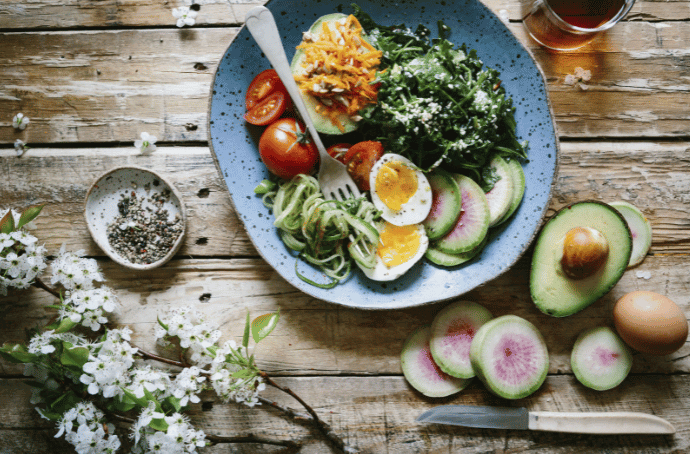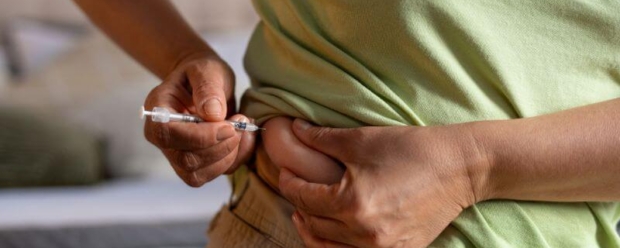Diabetes is a persistent metabolic condition marked by heightened blood glucose levels, causing substantial harm to the heart, blood vessels, eyes, kidneys, and nerves. Type 2 diabetes, prevalent in adults, results from insulin resistance or insufficient insulin production. Over the last three decades, the incidence of type 2 diabetes has surged significantly across nations.
Sedentary habits, unhealthy dietary patterns, and obesity are key factors. Modern living often involves reduced physical activity, characterized by prolonged sitting and minimal exercise, which can lead to weight gain and insulin resistance. Diets high in processed foods, sugars, and saturated fats also play a role in the rise of diabetes. Additionally, inadequate sleep, high stress levels, and increased screen time are lifestyle elements that can adversely affect metabolism and insulin sensitivity. These collective factors create an environment conducive to the development and progression of type 2 diabetes.
Ozempic and Mounjaro both are medications for type 2 diabetes. The determination of whether Ozempic or Mounjaro is a more suitable treatment option for you depends on various factors. These include your body’s response to the medication, the specific condition your doctor is addressing, and any other existing health conditions you may have.
Let us first understand how Ozempic/Mounjara affects your diet and your food intake.
Both medications aid in managing blood sugar levels. A diet aligned with this objective can mitigate potential side effects and enhance the effectiveness of these medications in fulfilling their intended purpose. A balanced and supportive diet plays a crucial role in optimizing the outcomes of these treatments and maintaining overall health.
5 food categories to minimize:
1. Foods with Excessive Sugar
Candies, sweets, desserts, pastries, are some of the foods to avoid because they lead to elevated blood sugar levels, making it challenging to manage diabetes. Consistent high sugar intake can interfere with medication effectiveness and exacerbate insulin resistance, potentially leading to complications. Choosing healthier, low-sugar alternatives supports better blood sugar control and overall diabetes management.
2. High-Carbohydrate Options
White Rice, Pasta, White Bread, Potatoes should be avoided if you are on these medications. These high-carbohydrate foods can lead to rapid and significant increases in blood glucose levels for people with type 2 diabetes. Managing carbohydrate intake & consuming whole grain with low glycemic index is crucial for controlling blood sugar and optimizing the effectiveness of diabetes medication.
3. Deep-Fried Dishes
French fries, fried chicken, and other fried fast foods should be completely avoided while on these medications. They are challenging to digest, leading to inflammation and potential side effects such as nausea, vomiting, and diarrhea. Instead, consider switching to alternative cooking methods like grilling and steaming.
4. Processed Food Items
Cereals, soda, instant noodle, all the processed food items can lead to elevated blood sugar levels, insulin resistance, and contribute to complications. Choosing whole, nutrient-dense foods supports better glycemic control.
5. Alcoholic Beverages
Alcohol can be irritating to the stomach. When combined with Ozempic/Mounjara or other diabetes medications, it can linger in the stomach longer, increasing the likelihood of stomach upset and nausea. Additionally, the combination heightens the risk of experiencing low blood sugar.
While the above are the don’t’s for you while on the medications, we have the right food options also which can help you create a balanced diet and enjoy your meals.
5 food groups to include:
1. Incorporate Lean Proteins
Lean proteins have a lower impact on blood glucose compared to higher-fat protein sources. Examples of good meal options include grilled chicken or turkey breast, fish, tofu, legumes, and lean cuts of beef or pork. These protein sources can be part of well-balanced meals that contribute to better glycemic control for individuals managing diabetes.
2. Integrate Seeds and Nuts
Nuts and seeds have a low glycemic index (GI), causing a gradual rise in blood sugar levels. Rich in healthy fats, fiber, and protein, they contribute to stable blood glucose. Including nuts and seeds in the diet is a smart choice for individuals managing diabetes, supporting better glycemic control and overall health.
3. Consume Fruits and Vegetables
Incorporating fruits and vegetables into meals is a game-changer for diabetic patients. Low in glycemic index, high in fiber, vitamins, and antioxidants, they stabilize blood sugar levels.
4. Go for Whole Grains
The slow digestion of carbohydrates from whole grains helps prevent rapid blood sugar fluctuations, reducing the risk of medication-induced side effects such as nausea, stomach upset, and fluctuations in blood glucose levels. The fiber in whole grains also supports digestive health, further alleviating potential medication-related gastrointestinal issues.
5. Increase Water Intake
Adequate hydration supports medication efficacy and helps mitigate potential side effects like dehydration. Water aids in digestion, regulates blood sugar levels, and promotes overall health, contributing to a more effective and comfortable diabetes management routine.
Explore the provided one-day food chart for practical implementation.
One-Day Diabetes-Friendly Food Chart:
| Breakfast | Oatmeal with berries and a sprinkle of chia seeds Black coffee or herbal tea |
| Lunch | Grilled chicken or tofu salad with mixed vegetables and a light vinaigrette Quinoa or brown rice on the side |
| Evening Snack | Vegetable sticks with hummus |
| Dinner | Quinoa bowl with chickpeas and a variety of leafy greens |


